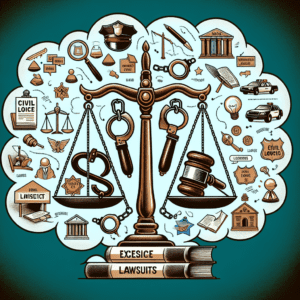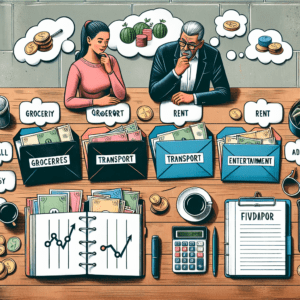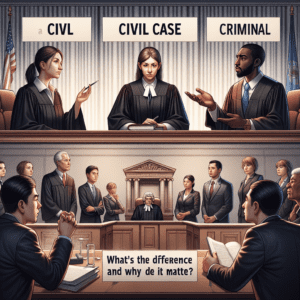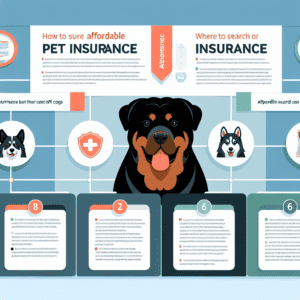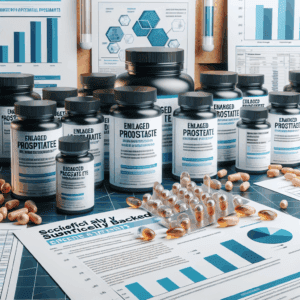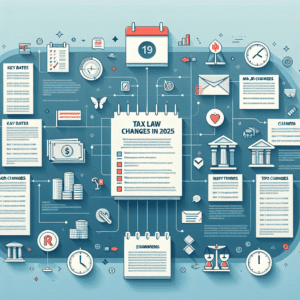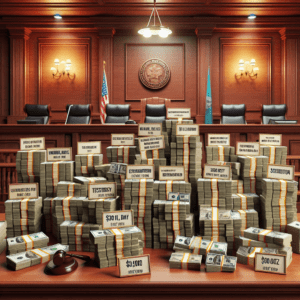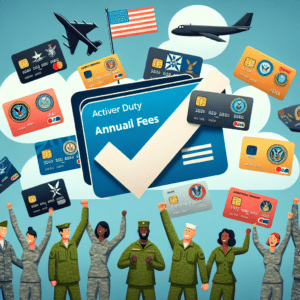“Exposing Greed: How Businesses Exploit Crises for Profit”
**Legal Loopholes in Price Gouging: How Businesses Exploit Crisis Situations**
Price gouging, the practice of significantly increasing prices on essential goods and services during emergencies, is a widespread concern during crises. While many jurisdictions have laws in place to prevent such exploitation, businesses often find ways to circumvent these regulations through legal loopholes. By understanding how these loopholes function, it becomes clear how companies take advantage of crisis situations while technically remaining within the bounds of the law.
One of the most common ways businesses exploit price gouging laws is by making incremental price increases rather than sudden spikes. Many regulations define price gouging as an “unconscionable” or “excessive” increase, often measured as a percentage above the pre-crisis price. However, businesses can avoid scrutiny by raising prices gradually over time, making it difficult for regulators to determine when a price increase crosses the legal threshold. This tactic allows companies to maximize profits while maintaining plausible deniability.
Another method involves reclassifying products or services to justify higher prices. For example, a retailer may introduce a “premium” version of an essential product, such as bottled water or hand sanitizer, and charge significantly more for it. Since the product is technically different from the standard version, businesses can argue that the price increase is not a direct violation of price gouging laws. Similarly, companies may bundle essential goods with non-essential items, forcing consumers to pay more while avoiding direct price hikes on regulated products.
Supply chain manipulation is another strategy businesses use to exploit legal loopholes. Some companies claim that increased costs from suppliers necessitate higher prices for consumers. While supply chain disruptions can genuinely lead to higher costs, businesses may exaggerate these claims or engage in artificial scarcity by limiting supply to drive up demand. By attributing price increases to external factors, companies can sidestep accusations of price gouging while still profiting from the crisis.
Additionally, businesses often take advantage of vague legal definitions and enforcement challenges. Many price gouging laws lack clear guidelines on what constitutes an “unreasonable” price increase, leaving room for interpretation. This ambiguity allows companies to argue that their pricing decisions are based on market conditions rather than exploitation. Furthermore, enforcement agencies may lack the resources to investigate and prosecute every instance of price gouging, leading to inconsistent application of the law. As a result, businesses may take calculated risks, knowing that the likelihood of facing legal consequences is low.
Online marketplaces present another avenue for circumventing price gouging regulations. While some platforms have policies against excessive price increases, enforcement is often inconsistent. Third-party sellers can create multiple accounts or use automated pricing algorithms to adjust prices dynamically based on demand. This makes it difficult for regulators to track and penalize offenders effectively. Moreover, since many online transactions occur across state or national borders, jurisdictional challenges further complicate enforcement efforts.
Ultimately, while price gouging laws are designed to protect consumers during crises, businesses continue to find ways to exploit legal loopholes for financial gain. By understanding these tactics, policymakers and regulators can work toward closing these gaps and ensuring that essential goods and services remain accessible during times of need. Strengthening enforcement mechanisms, clarifying legal definitions, and increasing penalties for violations are crucial steps in addressing this ongoing issue.
**Government Regulations on Price Gouging: Are They Effective in Protecting Consumers?**

Price gouging, the practice of significantly increasing prices on essential goods and services during emergencies, has long been a concern for consumers and policymakers alike. In times of crisis, such as natural disasters, pandemics, or economic downturns, the demand for necessities like food, water, medical supplies, and fuel often surges. Unfortunately, some businesses exploit these situations by drastically raising prices, making it difficult for consumers to afford basic necessities. To combat this issue, governments at various levels have implemented regulations aimed at preventing price gouging and protecting consumers from unfair pricing practices. However, the effectiveness of these regulations remains a subject of debate, as enforcement challenges and market dynamics complicate their implementation.
One of the primary ways governments address price gouging is through legislation that sets limits on price increases during declared emergencies. Many jurisdictions have laws that prohibit businesses from raising prices beyond a certain percentage compared to pre-crisis levels. These laws are designed to ensure that consumers are not subjected to excessive financial burdens when they are most vulnerable. In the United States, for example, most states have anti-price gouging statutes that take effect when a state of emergency is declared. Similarly, other countries have enacted consumer protection laws that aim to curb exploitative pricing practices during crises.
Despite these legal measures, enforcing price gouging regulations presents significant challenges. One major issue is the difficulty in defining what constitutes an “unreasonable” price increase. While some laws specify a percentage threshold, others rely on more subjective criteria, making enforcement inconsistent. Additionally, businesses often argue that higher prices reflect increased costs of procurement, transportation, or supply chain disruptions rather than intentional exploitation. This creates a gray area where distinguishing between legitimate price adjustments and unlawful gouging becomes complex.
Another challenge lies in the ability of regulatory agencies to monitor and respond to price gouging complaints effectively. During widespread emergencies, government agencies receive a surge in consumer complaints, making it difficult to investigate and take action against every reported case. Limited resources and bureaucratic hurdles further hinder enforcement efforts, allowing some businesses to continue engaging in price gouging without facing significant consequences. Moreover, penalties for violations vary widely, with some jurisdictions imposing only minor fines that may not serve as a strong deterrent.
While government regulations play a crucial role in curbing price gouging, market forces also influence pricing dynamics during crises. Supply and demand imbalances naturally lead to price fluctuations, and in some cases, higher prices can incentivize suppliers to increase production or distribution efforts. Critics of strict price controls argue that such regulations may discourage businesses from supplying essential goods if they cannot adjust prices to reflect increased costs. This could lead to shortages, further exacerbating the crisis. On the other hand, proponents of price gouging laws emphasize the ethical responsibility of businesses to prioritize consumer welfare over excessive profits, particularly in times of widespread hardship.
Ultimately, the effectiveness of government regulations on price gouging depends on a combination of clear legal frameworks, robust enforcement mechanisms, and ethical business practices. While laws can help deter exploitative pricing, they must be complemented by proactive consumer awareness, corporate accountability, and efficient market responses to ensure that essential goods remain accessible during emergencies.
**Case Studies of Price Gouging: How Companies Have Profited from Disasters**
During times of crisis, when essential goods become scarce, some businesses exploit the situation by dramatically increasing prices. This practice, known as price gouging, has been widely condemned and, in many cases, deemed illegal. However, despite legal restrictions, numerous companies have taken advantage of disasters to maximize their profits. Examining past instances of price gouging provides insight into how businesses have leveraged emergencies for financial gain, often at the expense of vulnerable consumers.
One of the most well-documented cases of price gouging occurred in the aftermath of Hurricane Katrina in 2005. As the storm devastated the Gulf Coast, displacing thousands and creating widespread shortages of necessities, reports emerged of businesses inflating prices on essential goods such as bottled water, fuel, and lodging. Gas stations in particular were accused of raising fuel prices to exorbitant levels, capitalizing on the increased demand as residents attempted to evacuate. Similarly, hotels significantly increased room rates, taking advantage of displaced families in desperate need of shelter. These actions led to widespread public outrage and prompted legal action against several businesses that had engaged in exploitative pricing.
A more recent example occurred during the COVID-19 pandemic, when demand for personal protective equipment (PPE), hand sanitizers, and disinfecting wipes surged. Some companies and third-party sellers on online marketplaces took advantage of the crisis by drastically increasing prices on these essential items. In one notable case, a pair of brothers in Tennessee purchased thousands of bottles of hand sanitizer and attempted to resell them at inflated prices, with some listings reaching over ten times the original cost. This sparked a national debate on the ethics of reselling essential goods during a public health emergency. Authorities eventually intervened, forcing the brothers to donate their stockpile and cracking down on similar practices across various platforms.
Another instance of price gouging was observed during the Texas winter storm of 2021, which left millions without power and clean water. As residents struggled to stay warm and access basic necessities, reports surfaced of businesses charging exorbitant prices for bottled water, hotel rooms, and even firewood. Some energy providers also faced scrutiny for charging astronomical electricity bills due to variable-rate pricing models that allowed costs to skyrocket during periods of high demand. In response, state officials launched investigations into these practices, and lawsuits were filed against companies accused of exploiting the crisis for financial gain.
While legal frameworks exist to prevent price gouging, enforcement remains a challenge, particularly in online marketplaces where sellers can quickly adjust prices and operate anonymously. In many cases, companies argue that price increases are a result of supply and demand rather than intentional exploitation. However, when prices rise far beyond reasonable levels, it becomes clear that some businesses prioritize profit over public welfare.
Ultimately, these case studies highlight the ongoing issue of price gouging during crises and the need for stronger regulations and enforcement mechanisms. While some businesses act responsibly during emergencies, others take advantage of vulnerable consumers, exacerbating the hardships caused by disasters. Addressing this issue requires a combination of legal action, corporate accountability, and consumer awareness to ensure that essential goods remain accessible when they are needed most.




